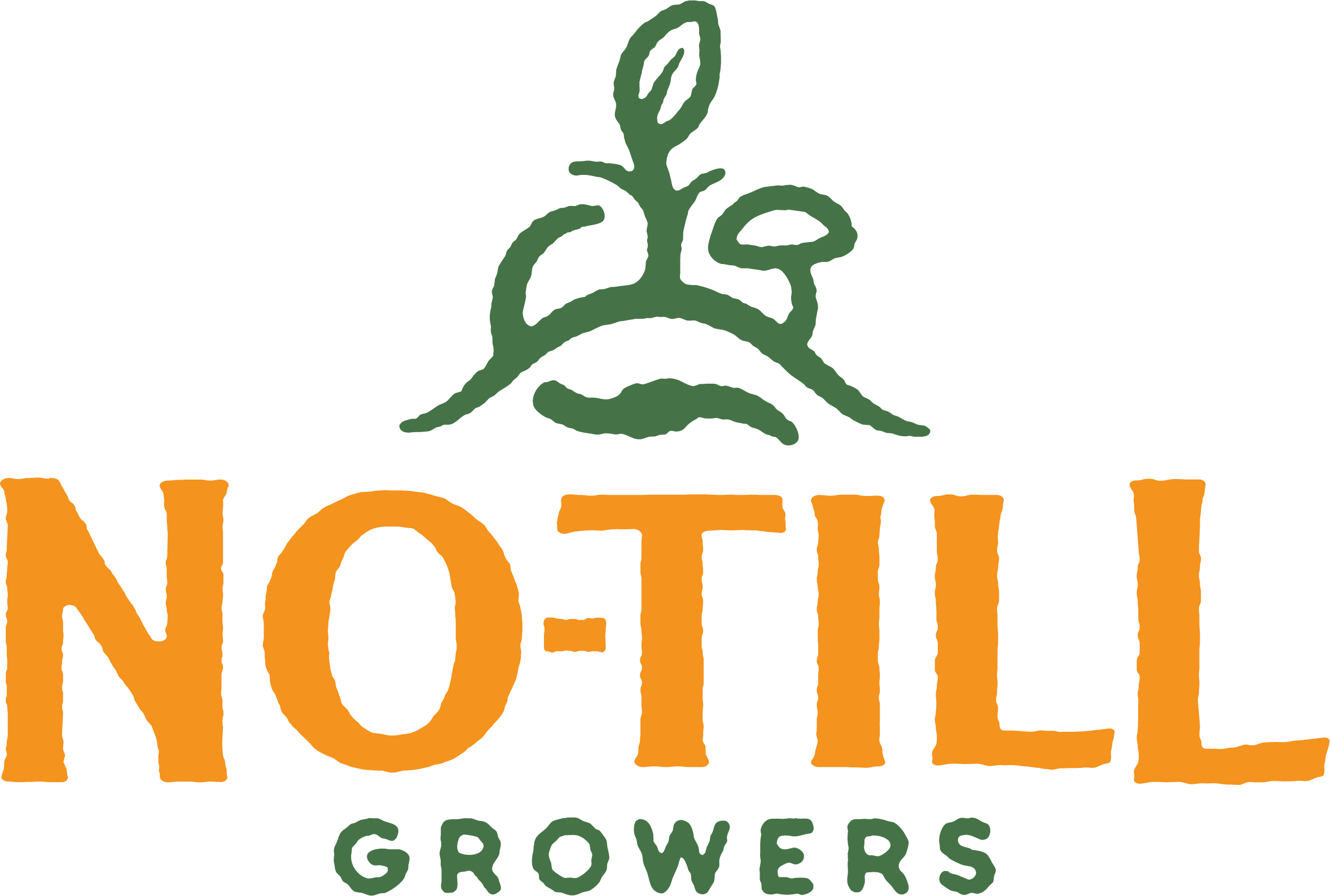The 10+ Acre No-Till Conundrum
Disclaimer: the purpose of this post is not to disparage organic farmers who are using tillage thoughtfully. There are some great examples of farmers who have grown a wealth of produce while improving their soils over the course of decades, especially during a time not-too-long ago when they—themselves—were told it wasn’t possible, much less financially feasible (of which we hear often enough, ironically). We, who are exploring no-till production, still have a lot to learn from them, as well. BUT, just because a model works, doesn’t mean other models shouldn’t be explored for their potential contribution to better ecological farming at any scale.
Where we have experienced the most pushback against the small-scale no-till ag movement has been from organic growers who produce on more than 10 acres. They are frustrated, to be sure, because when you’re only growing on 1 acre—or even 3 acres—you’re afforded a ton of options for working around tillage. A compost mulch is doable. Using silage tarps is doable. Or, when you’re conventional, you can “burn down” the crop residue with an herbicide. But on, say, 18 organic acres where you can’t spray, deep mulch composting may not be financially or logistically reasonable, silage tarps won’t cover enough ground, etc., you don’t have as many options. When you’re 10+ acres, it seems everyone else gets access to all these great no-till systems… except you.
Rolling and crimping cover crops is the obvious approach, but the issue is cover crop no-till is not an effective option for most mid-scale growers (and tarping ten plus acres makes my head hurt just thinking about it). Honestly, the more you read about cover cropping, the more you realize what technical skill it requires to do well. Timing on the sowing and the crimp have to be nearly perfect. A little off in either direction and the whole thing can fall apart, leaving you fighting resurgent cover crop “weeds” all season. And for market growers—as opposed to grain growers or others working late in the season—who want to get into their soil early, but the cover crop is not ready to crimp, what then?
I don’t want to get into a “do we need 10 or 20 acre farms at all?” conversation. In my mind, why not 10 acres? Or 20 acres? Why not 40 acres? If they are farming ecologically, building soil, and sequestering carbon, what does it matter the size? In fact, if we had more reliable options, more farmers who are going to farm on said scale no matter what might convert to even better ecological practices. Not to say you can’t build soil carbon at these scales, but organic (small “o”) no-till has been shown to dramatically increase soil carbon—and the benefits thereof—in a much shorter amount of time. Imagine the amount of carbon a 10 acre no-till farm could put back into the ground!
So, I’ve been hunting for veg growers doing something other than roller-crimper, but have had little luck. Seriously, holler if you know one. I would like to think that at least some of the ideas shared on the podcast could be scaleable. Frith Farm comes to mind; doing two different kinds of cover crops—one of peas and oats that winter-kills for early production and a rye and clover mix that doesn’t winter-kill for later production. I think of people like Ace of Spades and Neversink, who do no mulch-cover at all really, but rather balance the “physics” of the soil with peat and other materials. Low-input high-production—could that be done on 10 acres of veg? What about the compost spreader we saw from Broadfork Farms? If the weeds are under control, how about 1” of compost instead of 4” at a time? That’s still a hell of a lot of compost, but that would be what? 10 tons per acre of compost? 15 tons per acre, maybe? That’s not so crazy (okay, it’s a little crazy, but not 60+ tons per acre like some market farmers are clocking). Can it be done, and we just haven’t invented the tools/methods to do it?
I do think some of the methods could be scaled, and maybe most of them couldn’t. Either way, I would love to hear from some mid-scale growers and what they’re doing in the realm of no-till, so let us know if you come across one. Like small-scale no-till market gardening, it is a big frontier—and one I think we would all like to see grow. I always learn a lot from larger growers about efficiency. I marvel at their ability to profitably grow melons and sweet potatoes and storage onions. Would love to see what they could do in this no-till, no-dogma, space.
Let the search continue…
